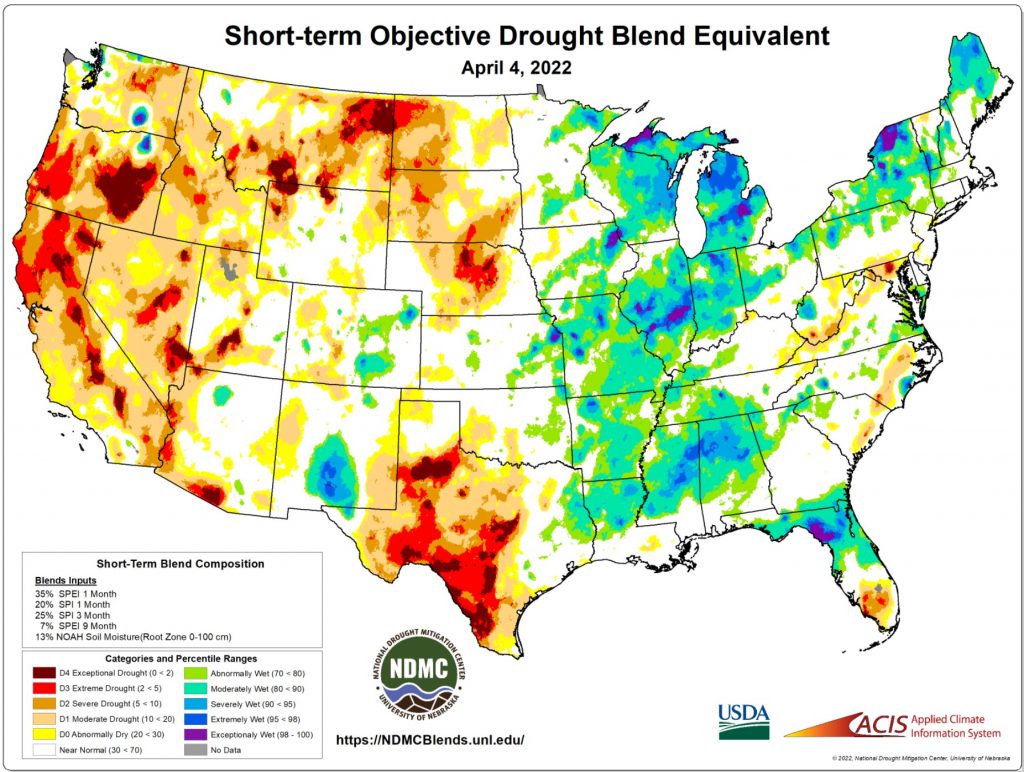The Sky is Drying


Just few short months ago, a series of big storms raised hopes that the current drought gripping much of the western U.S. had been doused. Now, following a period of record-low precipitation, looming water shortages and restrictions are a near certainty.
By Eric Herman
There’s bad news on the southwestern drought front. California state water officials report that the critical Sierra Nevada snowpack, a source of 30% of the Golden State’s water supply, is at record low levels — unsettling evidence that the region’s three-year drought is worsening according to the most recent survey of snow levels conducted on April 1st.
Measurements indicate that the snowpack was less than 39% of normal, compared to last year when it was 62% on the same date. That’s still far from the lowest level recorded in recent years, when in 2015 levels were down to 5% of normal, but it is only the fifth time since 1950 that levels have been so low.
April 1 is the most significant annual snowpack measurement because the southwest receives very little, if any, precipitation after that date until fall, and virtually zero snowfall.
The diminished snowpack represents an unfortunate turnaround as large storms in fall and early winter helped refill reservoirs that were reaching record low levels. Since those late-2021 deluges and hefty snowfalls, the skies have dried up. San Francisco, for example, has experienced the driest four-month period since records have been kept, dating all the way back to 1850.
“There was so much fanfare in December about the drought being over,” said Andrew Schwartz, lead scientist at the UC Berkeley Central Sierra Snow Laboratory near Donner Summit west of Lake Tahoe. “We had a record-breaking December and have gotten very little if anything since.”
“This is the third year in a row of drought for sure,” said Jay Lund, director of the UC Davis Center for Watershed Sciences. “We’ve had more precipitation in Northern California than we had last year, and a little more than in 2020. But we’ve had a very long, dry period with dry temperatures over the last three months, and that isn’t good. It’s drying out all the soils and evaporating the snowpack. We might get less runoff this year into the reservoirs than in 2020 or 2021.”
The dry weather and diminished supply may likely force lawmakers to consider water-use restrictions and reduced allocations to agriculture. Those measures traditionally include restrictions on watering, and filling swimming pools.
In Arizona, the state’s Bureau of Reclamation declared an historic water shortage in Lake Mead, one of the Colorado River’s primary reservoirs. More than one-third of Arizona’s water flows up the Colorado River and into Lake Mead.
The declaration triggered Tier 1 water reductions, which slashed the state’s river water supply by nearly 20%, or 512,000 acre-feet – enough water for one million households.
Arizona farmers use nearly three-quarters of the available water supply to irrigate their crops. The impact this may have on the nation’s food supply has yet to be projected.










